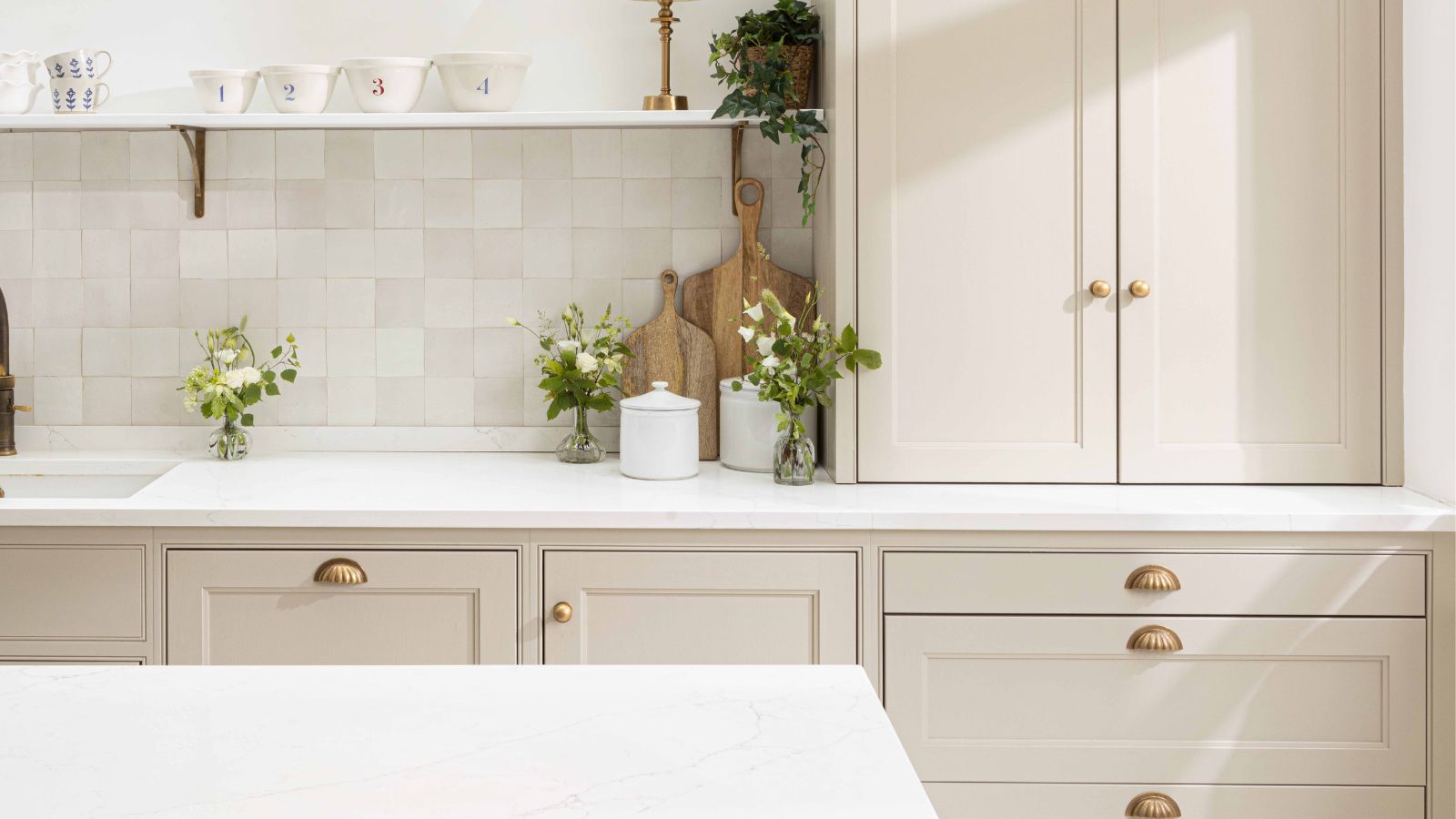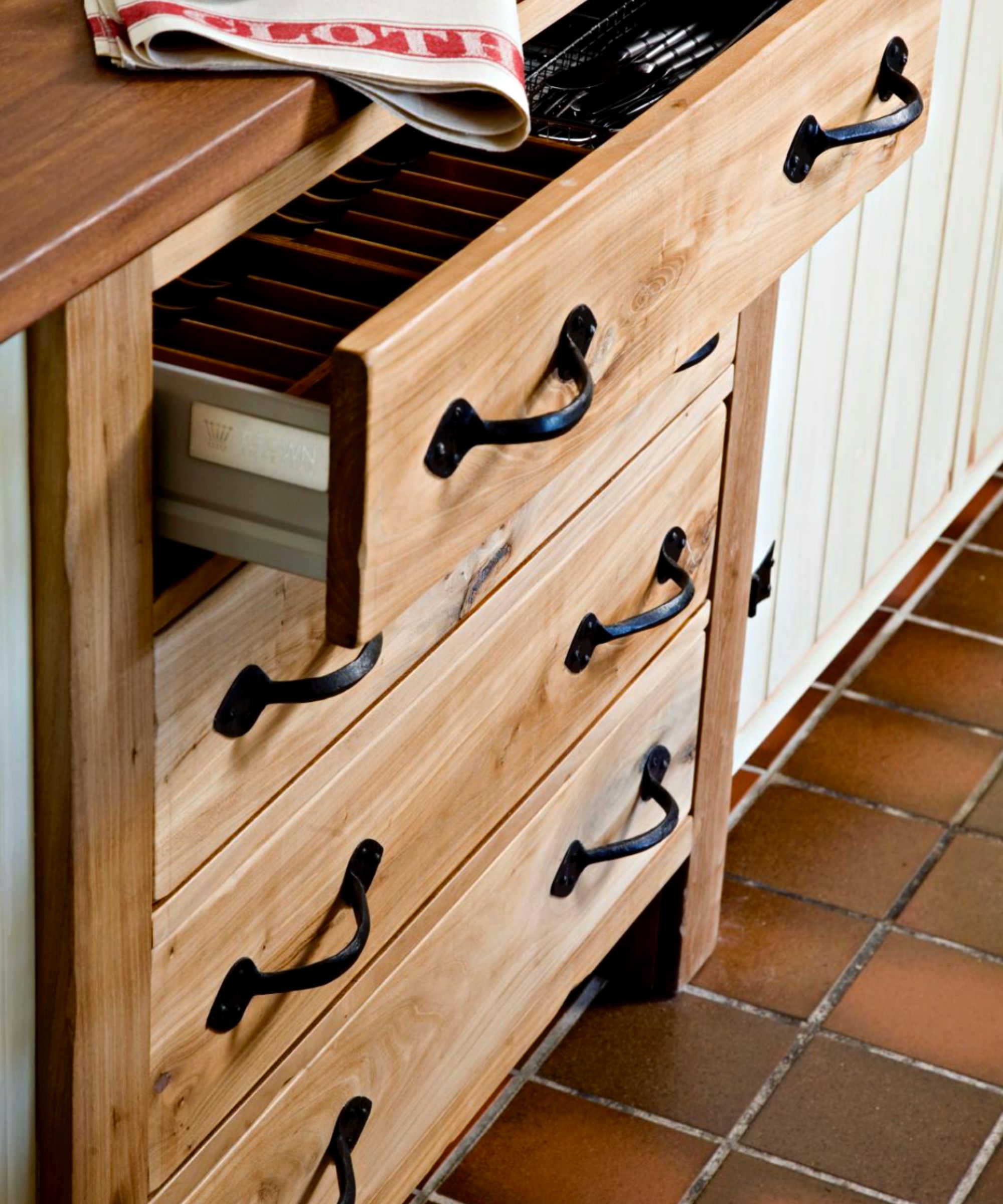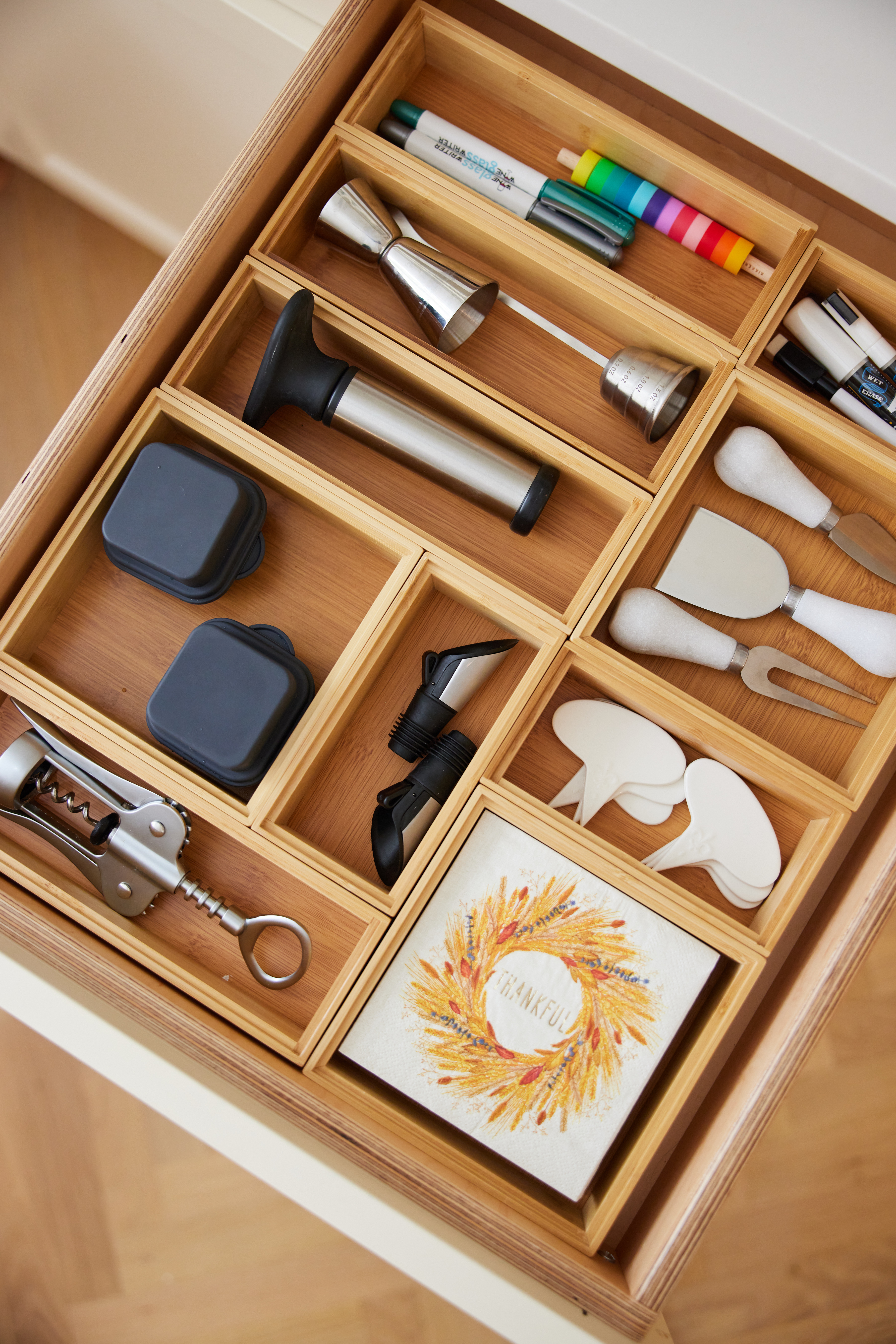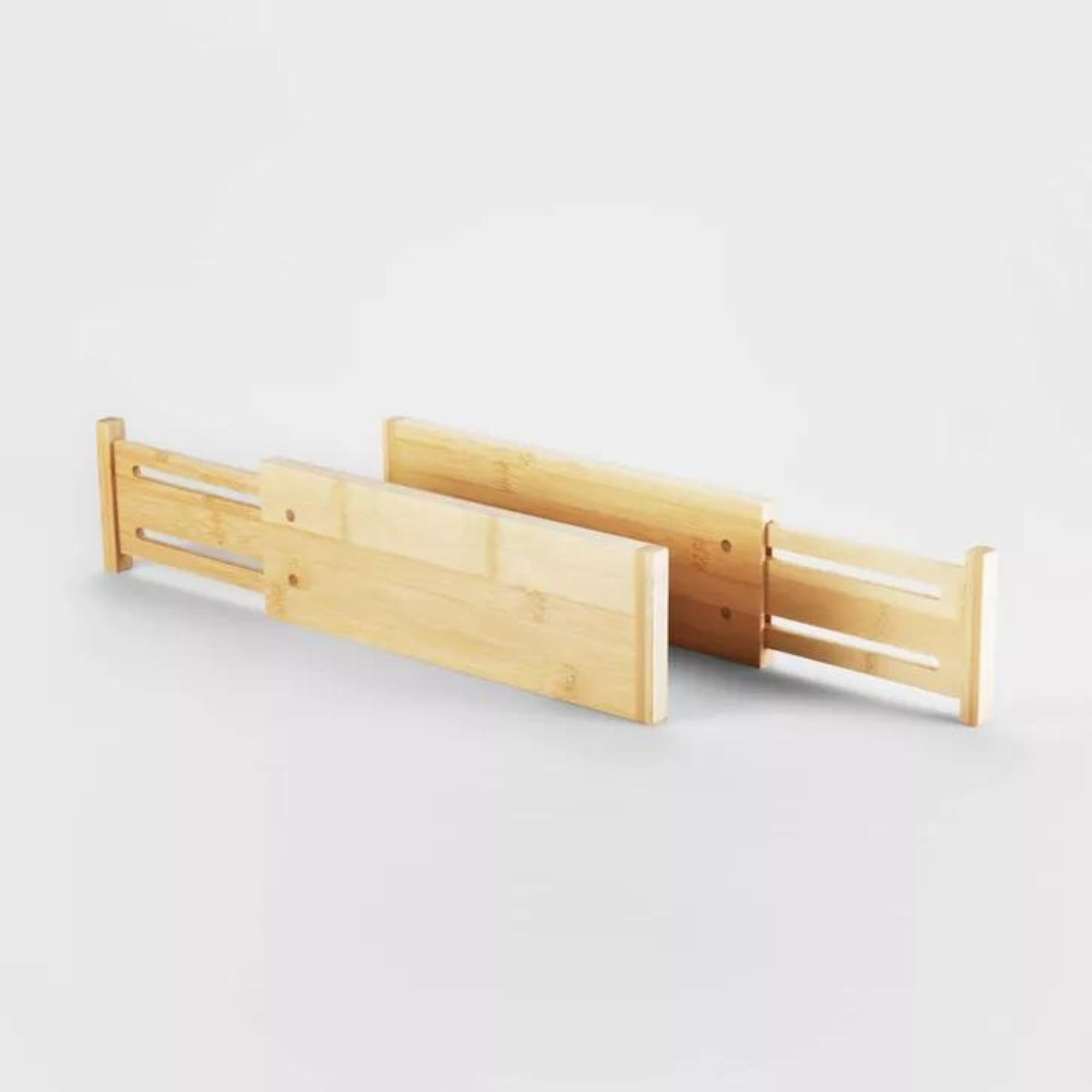I tried the ‘Boundary Method’ to declutter my junk drawer – this is how it went
This decluttering method prioritizes keeping specific items and encourages you to throw the rest out


Despite being such a small area, just opening a junk drawer can be overwhelming, let alone decluttering and organizing it.
To tackle this difficult spot, I needed a robust decluttering tip to help me throw stuff out and keep it tidy, so I was never left rummaging through piles of junk for a single screwdriver again.
This is where the boundary decluttering method came in. Also called the container method, this quick yet ruthless approach has finally allowed me to open the drawer again without a fight. Here’s how it went.
The Boundary Method
The boundary method is simple both in concept and practice. You set yourself some physical boundaries that you cannot cross when storing items in a space, getting rid of anything else that will not slot in easily. This has the added bonus of ensuring that everything is organized within a container at the same time, helping to organize a home quickly.

I decided to try this out by conquering the dreaded junk drawer before testing it on larger spots around my home. While a lot of home organizers will argue that this drawer shouldn't really exist in the first place, I find it useful to keep all the odds and bits that I can't categorize anywhere else, such as shopping list pads, screwdrivers, and spare batteries.
I started by taking everything out and laying it on my kitchen counters. The only items I pre-sorted, so to speak, were anything that was literally ‘junk’. Old shopping lists, receipts, and empty boxes were thrown straight into the trash. Once empty, I gave the drawer a quick clean – who knows when the last time I saw the bottom of it was!
The next step was to designate some boundaries. Of course, there was the boundary of the small drawer itself. I wanted to store everything important back into the drawer without having to leach into other drawers in my kitchen.
Design expertise in your inbox – from inspiring decorating ideas and beautiful celebrity homes to practical gardening advice and shopping round-ups.
Given that throwing everything in freely meant the drawer fell into disarray last time, I created some extra 'boundaries' by adding some drawer dividers that I had left over from organizing a dresser and two old containers for smaller items that would otherwise roll around. This would help me to limit my categories even further and make the drawer easier to navigate. Shopping from around my home for organizers also meant I was able to organize without spending any money.
One way the boundary decluttering method is different from regular decluttering is that you focus on what to keep rather than what to get rid of, adding the chosen items to the designated space until it is full.
I started by putting all the practical essentials back in – batteries, nails, screws, and screwdrivers went into the two separate containers, and blank shopping lists were nestled on top for easy access.
Getting rid of paper clutter was the next challenge. I had diligently kept every manual for every kitchen appliance tucked into a folder in the drawer but had never thought to go back through it and get rid of old booklets for appliances I didn't have anymore. As a result, it was full to bursting. Again, I applied the method of pulling out any that were still relevant and stowed them in the drawer on one side of the divider, and the rest were promptly put in the recycling bin along with some old take-out menus – everything is online now anyway.
Larger practical items, such as my hammer and torch, then went on top of the booklets, along with a few spare pens I didn't mind keeping loose to grab quickly whenever I needed to make notes.
My Verdict

Having decanted batteries from bulky packaging and thrown out a heap of paper clutter, the drawer now closed a lot easier and I could see absolutely everything within one glance. I even had a little bit of space to spare now that I had categorized items neatly and stopped them from being shuffled around whenever I jostled the drawer open.
I think this method works so well because I was forced to consider the size of the space and the organization while I was decluttering, rather than focusing on what to get rid of and then trying to make everything else fit – like organizing a small closet with lots of clothes.
The Boundary Method would work wonders elsewhere around my home, especially in similar spots that are likely to attract clutter such as decluttering my closet or decluttering a home office.
FAQs
What are the four C’s of decluttering?
The four C’s of decluttering are clear out (removing anything that doesn't belong, such as trash), categorize (establish zone and like items to be stored together), cut out (decluttering items you no longer want or need), and contain (put the items you are keeping into the categorized zones for permanent storage).
What is the first rule of decluttering?
When trying to stick to a less cluttered lifestyle, the first rule is to stop bringing items into your home that you know will be short-lived. For instance, when out shopping, try not to buy anything that you know will only bring you happiness or usefulness in the short term and will end up being cast aside in a cabinet or drawer for longer than you've used it. This is particularly important for things such as clothing and kitchen appliances – two categories that are prone to collecting clutter.
When using the boundary method, it is important to distinguish the difference between decluttering and tidying so that you still progress on your journey to living a clutter-free life. It can be easy to take everything out of an area, add too many bins, and squish everything you took out back in. Remember to focus on getting rid of at least a few things, even if you prioritize putting the stuff you want back first.

Chiana has been at Homes & Gardens for two years and is our resident 'queen' of non-toxic living. She spends most of her time producing content for the Solved section of the website, helping readers get the most out of their homes through clever decluttering, cleaning, and tidying tips. She was named one of Fixr's top home improvement journalists in 2024.
